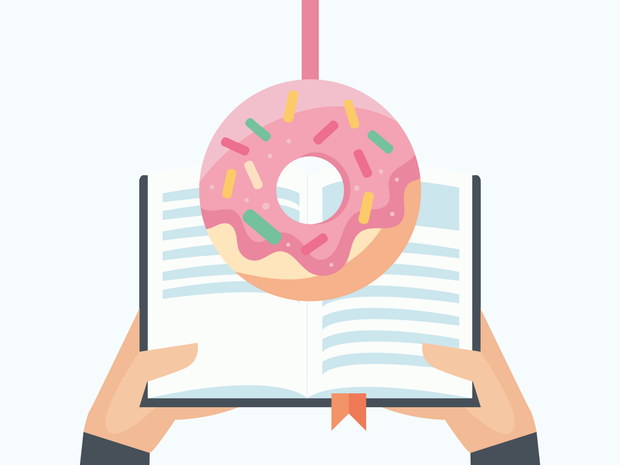The world is full of distractions—TikTok, texting, squirrels—basically anything but studying. No wonder you can’t find the motivation to crack open a textbook.
But exams won’t ace themselves. So, how do you trick your brain into caring? This guide will show you how to hack your motivation so you actually want to study (or at least stop avoiding it). Let’s dive in.
“Future You” Meets “Right Now You”
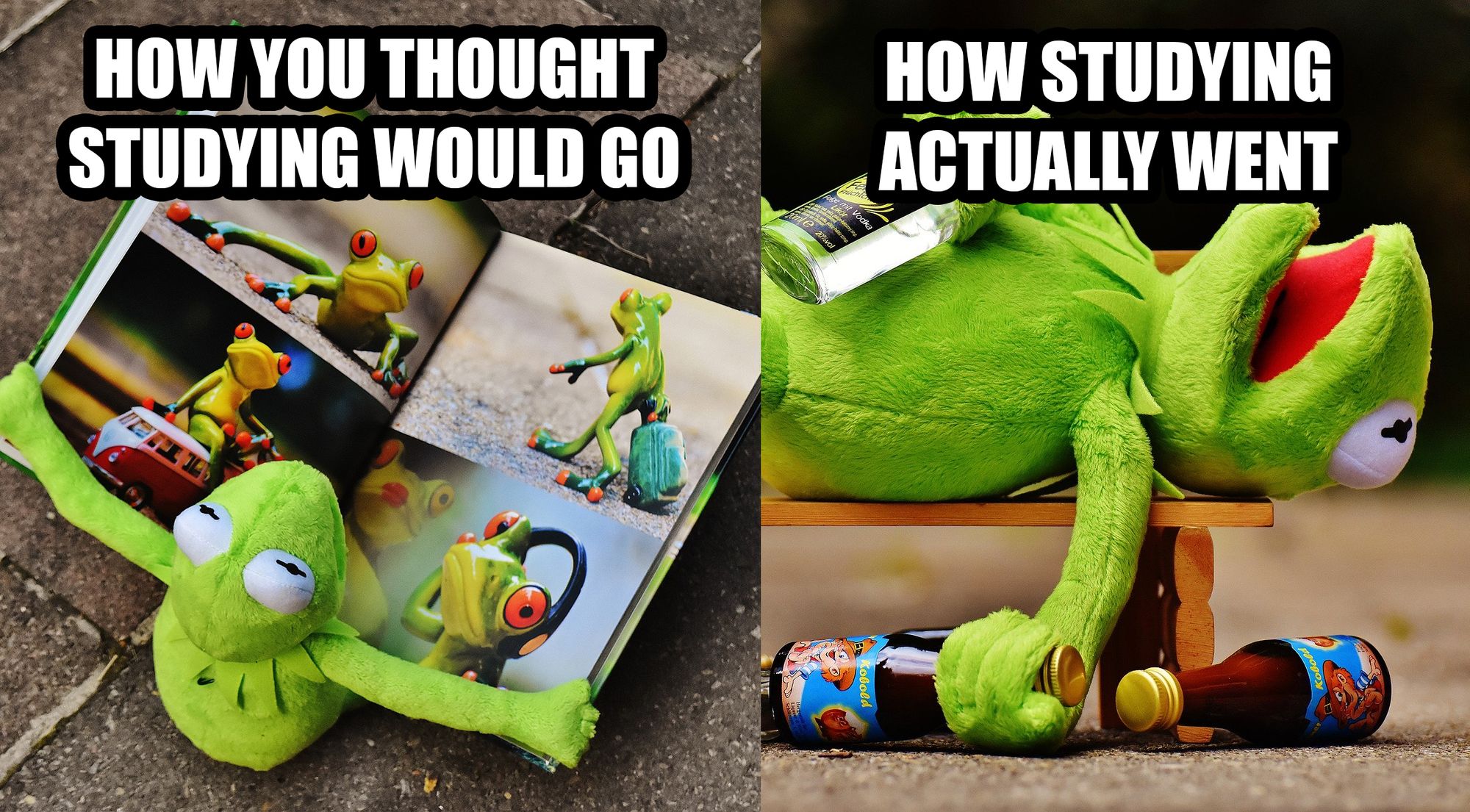
“Future You” has big dreams—acing exams, landing a great job, and being wildly successful. But “Right Now You” just wants to scroll TikTok and eat snacks.
This inner battle has a name: hyperbolic discounting—your brain’s way of choosing instant gratification over long-term rewards. But what if you could hack this tendency and actually want to study?
Brainscape’s research-backed motivation formula breaks it down so you can stop procrastinating and start winning.
Here’s what the equation looks like:
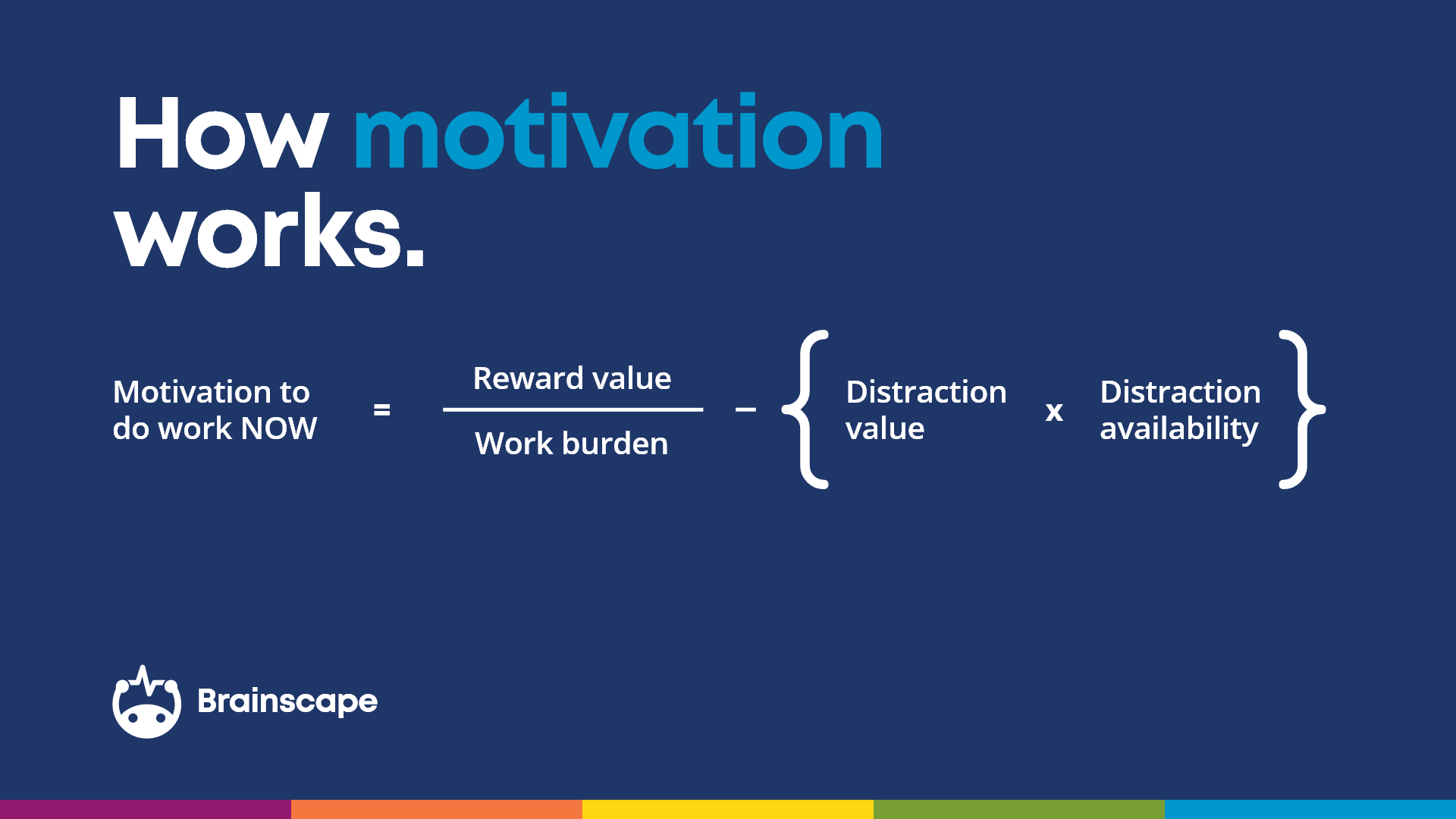
The “reward value” is the positive outcome you experience after dedicating time and effort to a task. For study motivation, “reward value” could be high grades, getting into the best schools, passing your professional certification, getting a raise, or becoming fluent in a language, etc. The higher your “reward value” the more motivated you will be.
Unfortunately, “reward value” is greatly diminished by the “work burden”, which is the amount of time, energy, and mental effort it takes to accomplish that task.
To make matters worse, “work burden” comes with a posse of friends called “distraction”, which is the product of “distraction value” (how big or small that distraction is) and “distraction availability” (how often it’s likely to distract you).
To illustrate:
- An individual message notification on your phone is a distraction with a small value.
- The availability of that distraction is much greater if you keep your phone with you while you study.
In the context of this equation, the more attractive and available your distractions, the more they detract from the “reward value”, which, if you remember, is very valuable to Future You. At a certain point, the magnitude of the distractions can become so large that they actually outweigh the burden-adjusted reward value.
When that happens, you get negative motivation. And we all know what that feels like …
Of course, this should all make sense to you. You already know what’s killing your study drive, but now, let’s break down how to hack each factor so you can trick your brain into positive motivation: actually wanting to study.
1. Increase Your Reward Value: Visualize the Carrot
We're often bad at valuing longer-term rewards. Future You has big dreams—acing exams, landing a dream job, and living the good life. But Right-Now You wants snacks and Netflix. The problem? Your brain values immediate rewards over future ones (a little thing called hyperbolic discounting).
Hack it. Vividly imagine that future—diploma in hand, paycheck rolling in, boss impressed. Make it real in your mind, then remind yourself: Every study session gets me closer to that. Bonus: tell everyone your goals. Social shame is a surprisingly powerful motivator.
Your brain is a toddler—give it rewards. Study for 30 minutes? Earn a treat, a walk, or a guilt-free YouTube break (but set a timer, or you’ll wake up three hours later deep in conspiracy theories).
Brainscape makes this easy. Our flashcard system tracks progress, gives you checkpoints, and shows you exactly how much study time remains before you hit 100% mastery. It’s like watching your XP bar fill up—but instead of leveling up in a game, you’re leveling up in life.
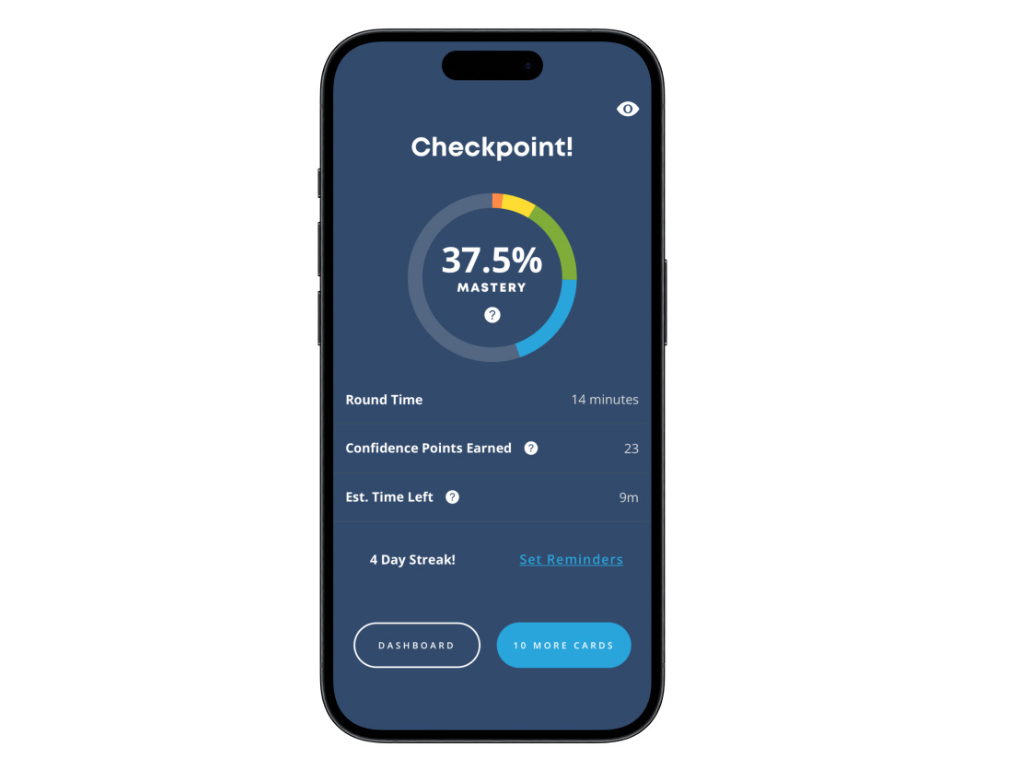
Whether you are studying one of Brainscape's certified flashcard subjects, flashcards made by your instructor or peers, or flashcards that you have made yourself, using a study app like Brainscape can be a great way to improve your extrinsic motivation!
2. Decrease Your Work Burden to Avoid Procrastination
Big tasks feel impossible—until you break them down. That’s why we can grind for hours in video games but panic at the thought of writing a 10-page paper. The key? Level up your studying like it’s a game.
- Big test? Instead of dreading 500 pages of reading, set bite-sized milestones: gather materials, skim chapters, take notes, and make flashcards.
- Huge essay? Don’t stare at a blank screen—outline, draft, edit. One step at a time.
- Brainscape makes it easy. Our flashcards break down subjects into tiny study sessions, so you can learn anywhere—waiting for coffee, in the bathroom, at the gym—we even have a system for exercising while studying.
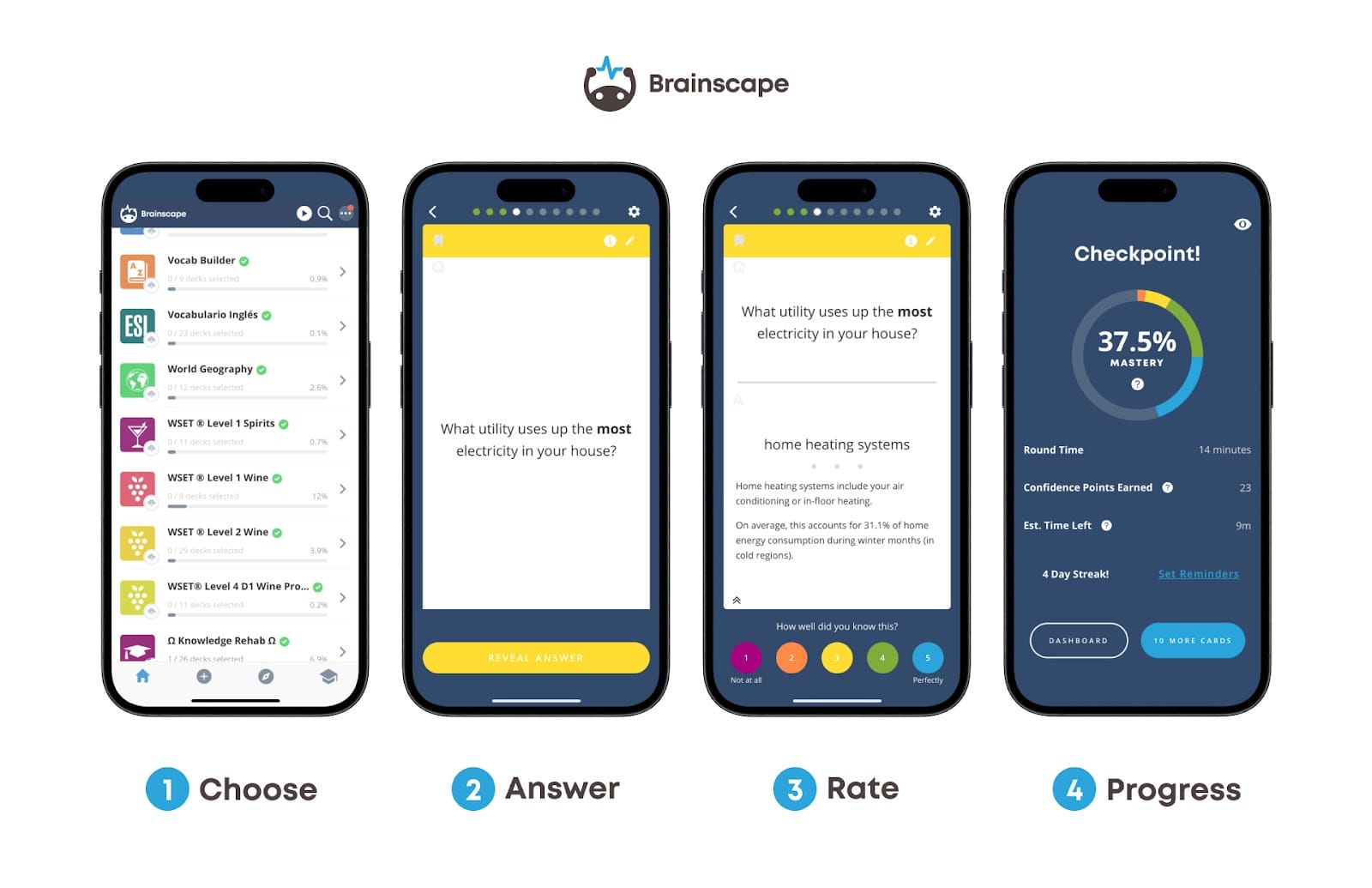
The best part? Seeing your progress grow in real time. Just like a game. Except this one actually helps you win at life.
3. Decrease the Availability of Your Distractions
You want to study, but TikTok, snacks, and the sudden urge to alphabetize your bookshelf have other plans. Why is resisting distractions so hard? Blame evolution. Your brain is wired to chase easy rewards, and today, those are everywhere.
So, what’s the move? Hack your environment to make studying the default option.
- Pick your battleground: A quiet, distraction-free space (read: not the kitchen if cheesecake is involved).
- Stock up: Water, snacks, laptop, charger—everything you need within arm’s reach.
- Silence the sirens: Put your phone on do-not-disturb (unless you're using Brainscape, of course). Ideally, it should be out of arm's reach, in another room.
- Clear your mental clutter: Knock out quick tasks before studying so they don’t haunt you.
The goal? Remove excuses before they arise. No distractions, no detours—just you and your brain, getting stuff done.
FAQ: Finding Study Motivation When You Want to Procrastinate
How to study when you are procrastinating?
Start by lowering the entry barrier. Instead of committing to a marathon session, tell yourself you’ll just study for five minutes. Open your notes or flashcard app and complete one small task. Often, just beginning helps build momentum. Bonus tip: use a timer to create urgency and keep it short.
How to motivate yourself to study when you don't want to?
Attach studying to a reward system. Pair each session with something you enjoy, like a snack, a break, or an episode of your favorite show. Also, visualize your long-term goals and remind yourself why studying matters to you. Small wins add up fast.
How do I stop procrastinating and find motivation?
Shift from “I have to study” to “I choose to study.” Reframe studying as an investment in your future. Break large tasks into smaller chunks, reduce friction by prepping your environment ahead of time, and keep your phone out of reach. These strategies reduce resistance and help you take that crucial first step.
How can I stop procrastinating while studying?
Set specific study times, use tools like Brainscape’s flashcards, and build a focused workspace free of distractions. A proven tactic is to pre-plan short, actionable tasks and start with the easiest one. Consistency, even for just a few focused minutes daily, can help build strong habits over time.
A Final Word: Making Study Motivation a Habit
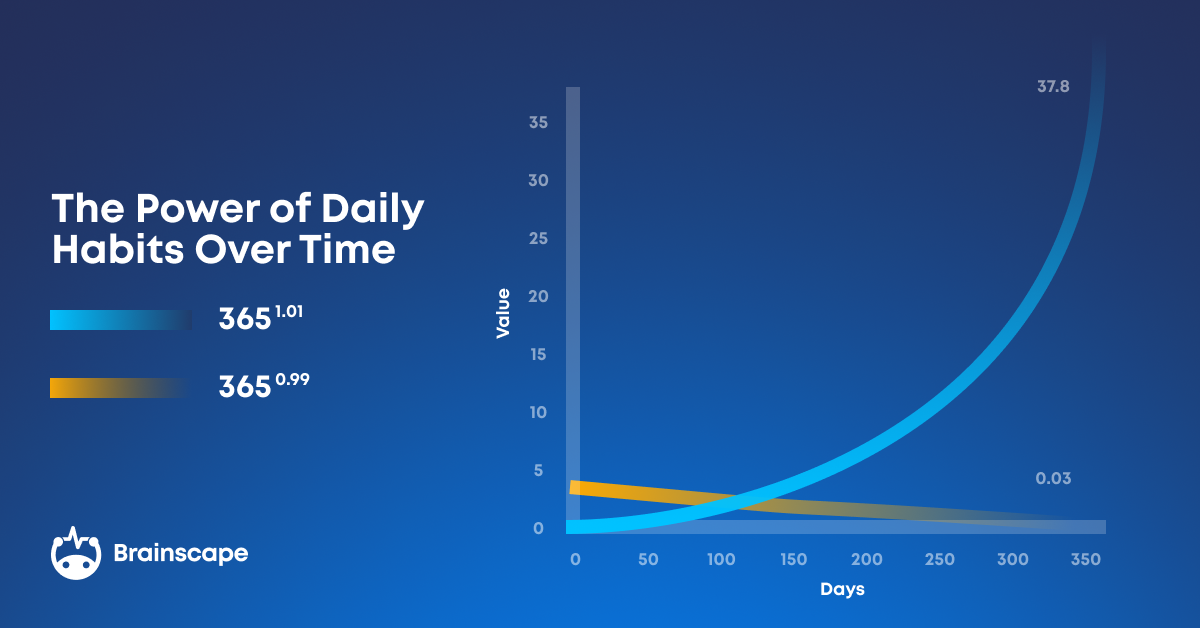
So ... now you know how to increase motivation to study.
In this article, we've given you tons of hacks to stay motivated and avoid procrastination. Yet some of these may still feel like they require effort, and that’s perfectly normal. It’s because you’re pushing against the way things used to be—against the inertia of “Right Now You”.
But if you internalize these habits, they can become a permanent part of your cognitive landscape, which will make study motivation an easy part of your daily duties.
We're obsessed with improving learning at Brainscape, which is why we've designed a study app that doubles your learning speed!
The reins are in your hands. All you have to do is hand them over to “Future You” and ride off into the sunset.
Additional Reading
- How to Use Social Motivation to Study
- Need Motivation to Study? Metrics Can Save You From Procrastination
- How to Start Studying for a Test (Even When You Have Zero Motivation)
Sources
Cohen, A. (2015, November 25). 3 reasons why snacks are superior to social media for distracting yourself. Entrepreneur. https://www.entrepreneur.com/science-technology/3-reasons-why-snacks-are-superior-to-social-media-for/253124
Massar, S. A., Lim, J., Sasmita, K., & Chee, M. W. (2016). Rewards boost sustained attention through higher effort: A value-based decision making approach. Biological Psychology, 120, 21–27. https://doi.org/10.1016/j.biopsycho.2016.07.019
Matthews, G. (2007). The impact of commitment, accountability, and written goals on goal achievement. Dominican Scholar. https://scholar.dominican.edu/psychology-faculty-conference-presentations/3
Pilat, D., & Kristev, S. (2024). Hyperbolic discounting - The Decision Lab. The Decision Lab. https://thedecisionlab.com/biases/hyperbolic-discounting
Richter, G., Raban, D. R., & Rafaeli, S. (2014). Studying Gamification: The Effect of Rewards and Incentives on motivation. In Springer eBooks (pp. 21–46). https://doi.org/10.1007/978-3-319-10208-5_2
Schultz, S. (2004, November 1). Study: Brain battles itself over short-term rewards, long-term goals: Implications range from economic theory to addiction research. Princeton Weekly Bulletin. https://pr.princeton.edu/news/04/q4/1014-brain.htm
Streich, K. C. (2024, May 30). 12 ways to reward yourself for studying | Debut. Debut. https://debut.careers/12-ways-reward-your-studying/
